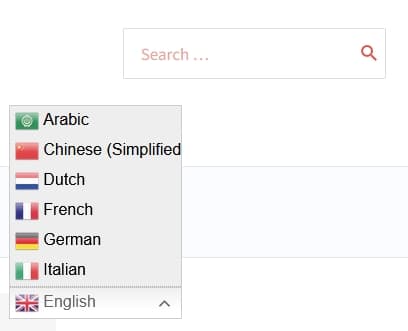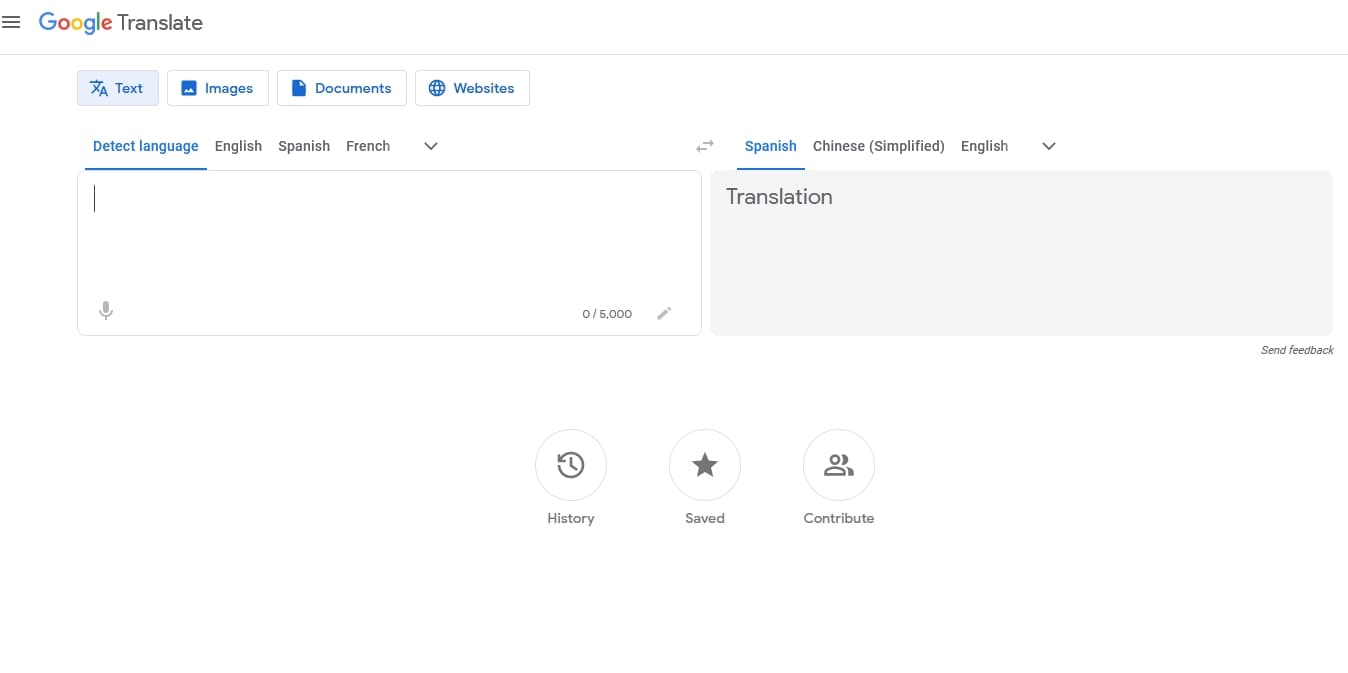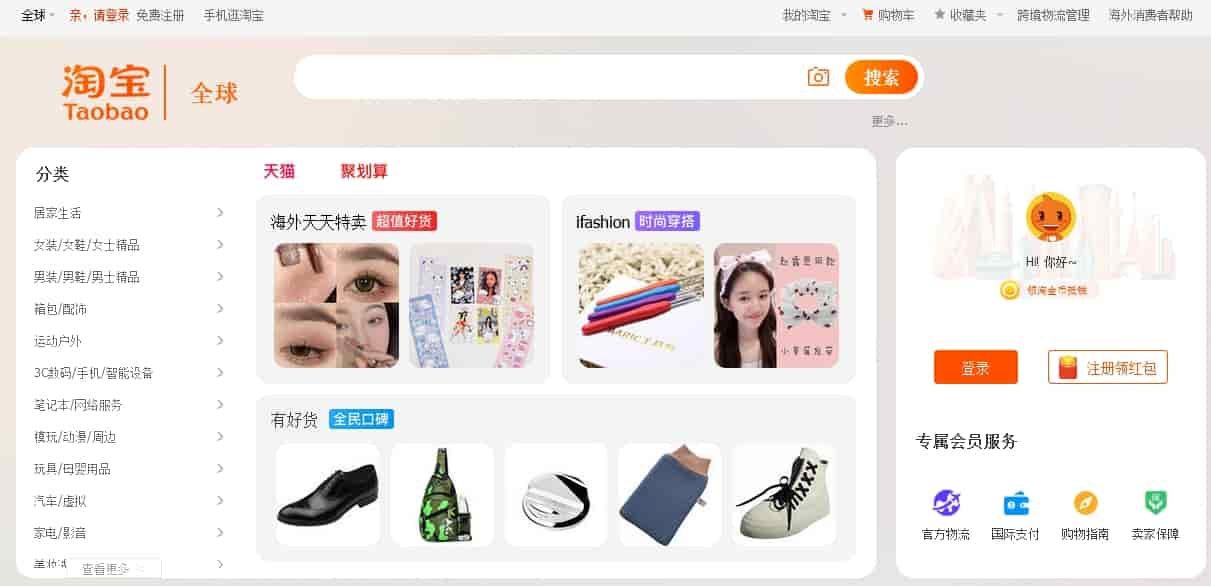10 Website Localization Challenges and How to Solve Them
Localization involves adapting a business to appeal to target markets around the world. It includes integrating the local culture, language and way of life into your offering.
People tend to do business with companies they are familiar with and buy products and services that resonate with them, which is why localization is so important.
If you plan to do business in a new region, making your brand fit into that target market as comfortably as possible is essential.
There’s a lot involved in website localization, which we’ll cover today. We will discuss 10 of the main challenges you’ll face when localizing your website for different markets.
We’ll also offer actionable solutions to help tackle each one.
Sit back, relax and let’s talk about website localization!
The importance of localization in business
People are most comfortable with the familiar. Whether that’s buying, selling, working for a familiar brand or something else entirely.
If you’re branching out into new markets and want to appeal to that market, your brand and branding needs to be as familiar as possible to that audience.
A study by CSA Research found that:
- 65% of buyers prefer content in their own language
- 73% of buyers want product reviews in their own language
- 40% of buyers would not purchase from websites in other languages
Those are significant numbers of potential customers you risk losing if you don’t properly localize your website.
Localizing your business, product or service can:
- Give you a distinct advantage of non-localized competitors
- Help attract local customers by appealing to their culture or way of life
- Increase appeal by using local languages or dialects
- Identify potential reputational risks before your customers do
- Make using your website more comfortable for the local audience
- Provide a professional persona
- Appear in search for every language you’re represented in
The better your localization, the better represented you will be in that market. When reputations can be created or crushed in seconds, it’s essential to get every detail correct.
10 Challenges of localizing websites and how to overcome them
Now let’s get to those common challenges businesses face when trying to open up in new markets.
We’ll outline some common problems and offer actionable solutions to help you overcome them.
Accessing quality translations
Translated content is at the core of any localization effort. You’ll need to translate your entire website, including pages, product descriptions and everything a visitor will see.
Remember that statistic above? That 73% of buyers want product reviews in their own language? Factor that, and other types of content into your translations.
Machine translations will get you some of the way but it’s less than exact and there are often real doubts about the accuracy of those translations.
Solution – Hire a translation company or freelance translator who is a native speaker of the target language. If in doubt about the freelancer, hire an independent editor who is also a native speaker to double-check.
Machine translation can be great for helping you order lunch in another language, but you shouldn’t trust your brand with it!
Cost of translating content: human vs. AI
Google Translate or other software can provide basic translations but aren’t accurate enough for business use. They are free or cheap, though, which can be enough to sway smaller businesses.
However, the potential reputational damage of an incorrect translation could cost far more than a translator would.
Some things require investment, and this is one of them. Much like the money you’re investing in your website design and implementation, we suggest it’s worth investing money in human translation.
Solution – This is one of those areas where native human speakers are still the optimum solution. Hire a freelance translator to perform all the work or use a translation program and human editor to double-check.
Either way, it’s worth investing time and money to protect your brand.
Design and spacing issues from different word lengths and color preferences
The number of words used in a sentence varies drastically from language to language. This means the amount of space your copy will take up will also vary. Your website design must be able to cope with all that.
Languages such as German require much more page space to describe a product or service than a language like Mandarin, which can do the same in half the space.
It also pays to spend time assessing accents and diacritical marks, as they may provide a particular challenge to your web team.
Special characters such as ø, ż, æ, č, ŭ, can require a special character set to be used in order to avoid broken characters.
To portray your business in the best light, you must work out these design challenges in the earliest stages.
Solution – Use a translation-ready website theme or ensure your developer has translation as part of their brief when creating each localized site version.
We suggest having the translated content ready for the design team to be able to build the pages around it. It could save a lot of time and effort.
The challenge of RTL languages
Speaking of languages, RTL (right to left) languages such as Arabic or Hebrew provide their own challenges to web design.
RTL languages are spoken by over 2.3 billion people worldwide, so any web localization project should ideally include them. That’s even more true if you’re branching out into regions where these languages dominate.
Solution – Ensuring your website theme or design supports RTL languages. If you buy a readymade theme, it should say so in the description. If you’re having a website built from scratch, ensuring RTL support is in the requirements is essential.
Some RTL readers may not notice or care about poorly formatted pages, but decision-makers and potential customers might. It’s another area where investment could be well spent.
Cultural considerations
The cultural considerations of website localization are many and varied and can include:
- Date formats
- Currencies
- Type of scrolling
- Menu layout
- And more
Localization is about so much more than just language. For example, in the US, 05/10/2023 is May 10, 2023, but in other regions, it’s 10 May 2023. A minor but illustrative example of how the little things can make a big difference!
Cultural considerations can also play a part in brand reputation. Get it all right and your brand will be portrayed in the best light. Get it wrong and the opposite could be true.
Solution – Research the target region and language and consider every variation you can think of. Using native speakers to translate or edit translations can also help.
Trusted native speakers are essential here, as it’s impossible for an outsider to identify all potential pitfalls with web content.
Managing idioms and common expressions
It’s more important now than ever that a business causes as little offense as possible. When a brand is opening in a new market, it’s vital you start on the right foot and say the right thing in the right way.
Social media means everyone has a voice, and any misstep can quickly be published to an audience of millions.
It’s challenging enough to maintain positive PR in your native language. It’s even more of a challenge to do it in languages you’re not so familiar with.
Solution – Professional translation services or hiring native speakers will help you here. Check for common expressions and potential offense forms part of the brief.
Experienced copywriters avoid idioms and regional expressions where possible but some may be unavoidable. Your brand may also be known for being informal or conversational, which is where your trusted translator comes into play.
Updating translations for blog posts
If you manage a main website in English and localized websites for other regions, how do you translate blog posts for every language?
It’s expensive to rewrite the same post in multiple languages or use a translator whenever you publish a post. But blog posts are too useful in marketing and SEO to not use them.
Your posts can appear anywhere online so require the same care and attention any marketing material receives. It could be posted on social media, aggregated by other websites or quoted in reports.
Solution – Use a translation plugin if you use WordPress or create a pool of freelance translators for piece work. Translation plugins can be more accurate than Google Translate while freelancers can offer similar benefits for non-WordPress websites.
Be mindful of the potential uses blog posts can be put to, by your company or third parties and build that into your blog translation processes.
Localizing images where required
Have you given much thought to images on your localized website? Only some businesses do, which can be a mistake. This is even more true if your images contain text.
All your hard work translating content can be undone if none of the images reflects the visitor’s way of life, ethnicity or surroundings. That familiarity aspect we discussed earlier can be made or broken with unlocalized images.
Solution – Use neutral images with universal appeal across all your sites or have graphic designers create local versions that reflect their target region.
Take a long hard look at the culture you’re appealing to. Look at their media, competing websites and try to include as much of that as possible in localized images.
Multilingual SEO
Multilingual SEO is incredibly important but more for the website itself rather than the audience. If nobody knows you’re there or can see you in search engines, you’re not going to succeed in your new market.
Multilingual SEO means you can rank every page in every language. That’s an incredible opportunity and not to be missed.
Solution – Ensure whoever handles your SEO can optimize every page in every language. Have them coordinate with your translators for keyword selection, positioning and inclusion.
WordPress SEO plugins can help with basic optimization tasks but this may be better prioritized by your marketing team or trusted SEO partner.
Navigation, notifications and other content
When you’re localizing a website, make sure to include all navigation, mega menu content, popups, notifications, push notifications, contact form replies, automatic emails, shopping cart confirmations and any communication your website may send.
It helps to take a step back and list all the potential communication channels your website may have. You wouldn’t want a customer to add something to their cart in their local language only for an upsell notification to appear in English!
Solution – Work with your web team to ensure everything a local user would see is translated properly and localized. Make sure to include all:
- Popups and notices
- 404 pages
- Error pages
- Purchase confirmations
- Emails
The challenge of website localization
Website localization is a complex but necessary task for any business that wants to communicate effectively in another language.
It’s about much more than translating content. It’s about making your website look and feel like you value that customer and have considered their needs.
It’s also about ensuring your brand is represented correctly in that target market and avoiding any potential reputation damage due to missing something or getting a translation wrong!
Tags: Business Reputation Marketing, Reputation Protection, SEO.



